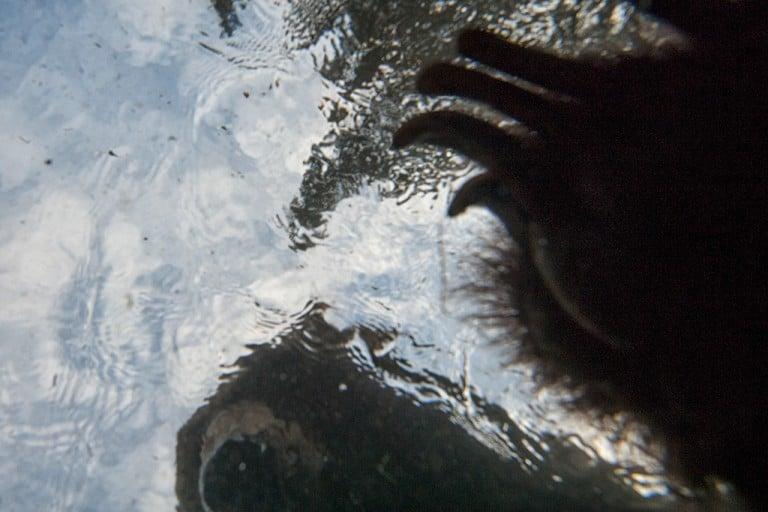Bear necessities: Delaying hibernation for one more feast
Late-season salmon runs are still meeting a grizzly fate, even after the bears are supposed to be headed for their winter sleep

Grizzly bear from the point of view of a salmon.
Chum Salmon and Grizzly Bears in Fishing Branch Park, Yukon, Canada. Known as ice bears, because they fish for salmon in early winter and get covered in icicles. Bear Cave Mountain eco-tours. The salmon have migrated over 1500 miles up the Yukon, Porcupine and Fishing Branch River. (Peter Mather)
Share
[rdm-gallery id=’1185′ slug=’grizzly-photo-essay’]
The glutes of this grizzly bear should shrink in the winter; most of the species in Yukon retreat to dens by mid-November. However, an extra run of salmon kept this omnivore eating weeks past its bedtime, when it was spotted by photographer Peter Mathers. Grizzlies can eat up to 65,000 calories per day—storing the fat first in their torsos, then shoulders, legs and bums—without losing their fitness to protect themselves. “Being excessively fat has absolutely no disadvantage,” says Scott Neilsen, a wildlife biologist at the University of Alberta. “A 500-lb. bear wants to be a 600-lb. bear, and a 600-lb. bear wants to be a 700-lb. bear. Present them more food? That’s a bonus.”